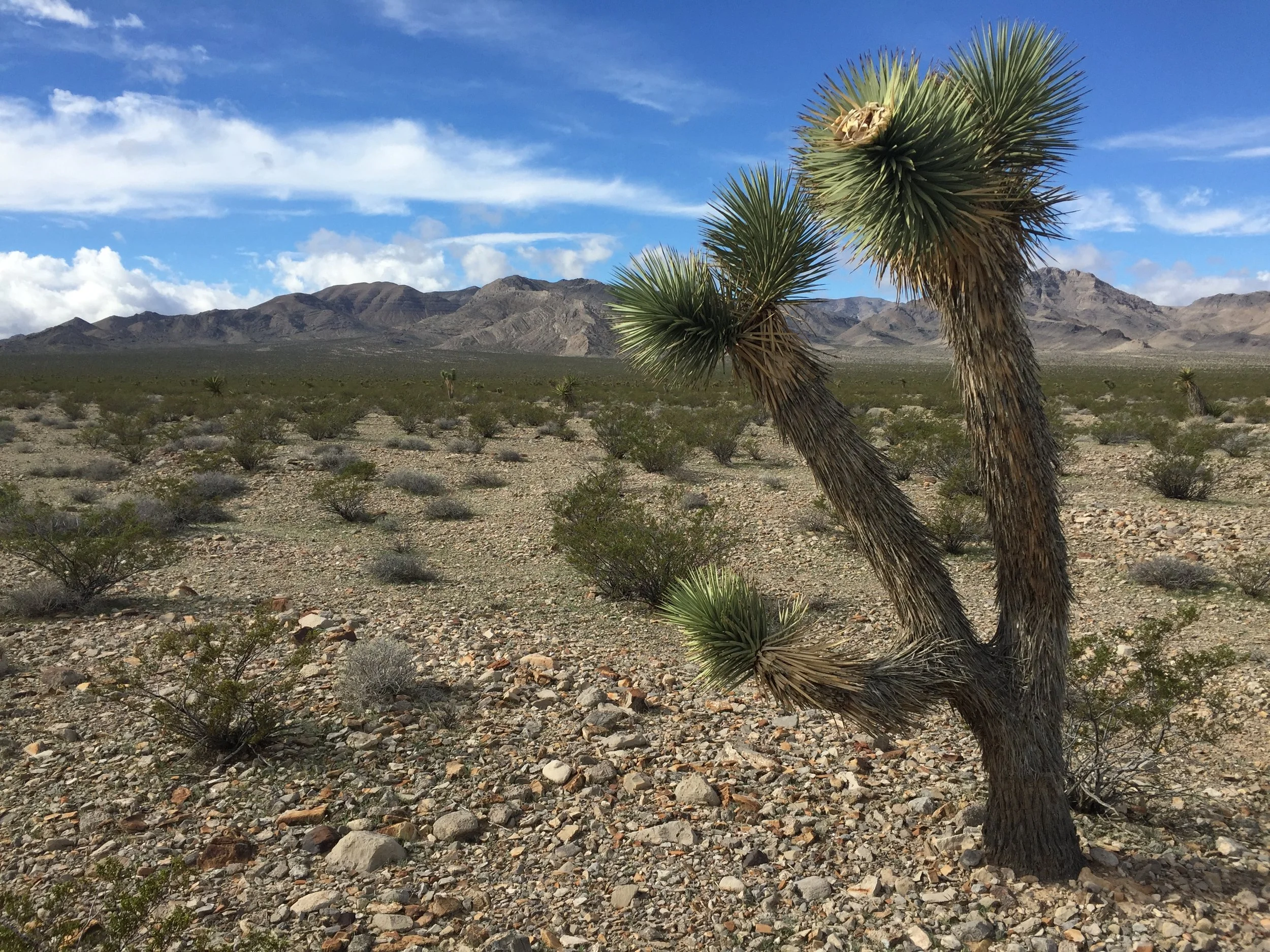Applied EarthWorks has extensive experience assisting state and federal agencies in complying with their obligations under the California Environmental Quality Act and the National Historic Preservation Act. The company has completed numerous cultural resource investigations related to development on military installations, national and state parks, national forests, and other land managed by federal and state agencies. These studies include the documentation and evaluation of historic mining sites as well as the preservation of Native American rock art and other endangered archaeological sites. In addition, Applied EarthWorks prepared the 14-volume Integrated Cultural Resources Management Plan for Vandenberg Air Force Base that guides protection of hundreds of known resources on the base and provides guidelines for continued identification efforts.
Projects
Vandenberg Air Force Base
Tetra Tech, Inc./ManTech SRS Technologies, Inc.
Santa Barbara County, California
Æ has been the archaeological contractor for Vandenberg AFB since 1996, working under consecutive, multi-year IDIQ contracts. We have been responsible for cultural resource services to ensure compliance with NEPA, NHPA, and other federal laws and Air Force regulations. In that time, we have completed more than 175 task orders with a total contract value exceeding $10 million.
Our staff has introduced a variety of innovative approaches in the management of cultural resources on Vandenberg AFB, including cost effective means of recovering archaeological data; photogrammetric mapping techniques as a means of plotting sea-cliff retreat and erosion of archaeological sites over time; low-altitude aerial photography for site condition assessments; GPS/GIS applications for tracking site condition; and stabilization of eroding sites. We have also developed public interpretation programs for rock art sites on the base.
Æ has prepared scores of technical reports, including a 14-volume Integrated Cultural Resources Management Plan for the base. Our staff also developed a basewide program to assess the condition of known archaeological resources and monitor sensitive and threatened sites on the base, which we have been implementing since 1996. During our tenure, Vandenberg AFB has received national recognition and has twice been honored as the most outstanding cultural resource management program in the Department of Defense.
Key Services
Environmental Impact Consultation (NEPA)
Archaeological Field Surveys
Testing and Evaluation for National Register Eligibility
Data-Recovery Excavation
Construction Monitoring and Emergency Archaeology
Laboratory Processing and Data Analysis
Historic Properties Treatment Planning
Native American Consultation and Coordination
Cultural Resources Overviews
Archival and Historical Research
Historic Building Survey/Architectural History and HABS/HAER/HALS Documentation
Ethnography and Ethnohistory
Geomorphology and Geoarchaeology
Paleontology
Collections Management
bureau of land management Las Vegas Field Office Disposal Boundary Expansion
BLM
Clark County, Nevada
At the request the BLM Las Vegas Field Office (LVFO), Æ completed a paleontological resource assessment and survey for the Las Vegas Field Office Disposal Boundary Expansion Parcel, located on lands administered by the BLM within the Southern Nevada District, approximately 15 miles north of the city of Las Vegas in Clark County, Nevada, along U.S. Route 95. The study consisted of a museum records search at the Nevada State Museum in Carson City, Las Vegas Natural History Museum, University of California Museum of Paleontology, and on site at the LVFO; a comprehensive literature and geologic map review; and a pedestrian reconnaissance survey of the project area. The sensitivity of the geologic units underlying the project area was assessed for their sensitivity using the Potential Fossil Yield Classification (PFYC) system established by the BLM. As a result of the study, Æ identified sedimentary rock units within the project area as having a high paleontological sensitivity. Key paleontological resource concerns included potential adverse impacts to potential significant fossil localities occurring either at the surface or subsurface of the project area. Feasible management strategies were recommended for the project, including public outreach and education and ongoing survey and collection to combat the impacts of erosion and unlawful surface collection.
Key Services
Paleontological Field Survey
Museum Locality Record Searches
Paleontological Resources Sensitivity Assessment
Agency Coordination
Paleontological Use Permit Acquisition
Geological Field and Desktop Geological Mapping
Evaluation of Historic Mines at Whiskeytown National Recreation Area
Redwood National Park
Shasta County, California
Abandoned mining sites within the Whiskeytown-Shasta-Trinity National Recreation Area posed potential hazards to park visitors. Prior to closure of these properties to the public, Æ evaluated the significance of selected mining-related resources in the Whiskeytown Unit and assessed their eligibility for inclusion on the National Register of Historic Places.
Our personnel conducted archival research and gathered oral histories to identify historical themes relevant to mining sites in Shasta County and the Mount Shasta (Whiskeytown) Mining District. Æ then examined the previously identified resource locations and prepared detailed archaeological documentation for 19 historical sites associated with the lode mining industry (ca. 1880–1950). Five of these sites were judged significant resources eligible for listing on the National Register. The locations and boundaries of all investigated resources were recorded using GPS equipment for inclusion in the park’s GIS.
Æ overcame numerous challenges encountered during archival research and used information gathered in the field to clarify the documentary record and establish an accurate picture of the histories and associations of these properties which represent an important period in California history.
Key Services
Archival and Historical Research
Development of Historical Contexts for Evaluation
Research Design
Archaeological Field Surveys
Detailed Site Documentation and Mapping
Evaluation of National Register Eligibility
Coordination with State and Federal Regulatory Agencies

